Temperature Rising: Strategies for Broiler House Design in a Warming World
We have been hearing about rising global ambient temperatures for a good decade or two now. This reality was brought into stark focus especially in Asia during the months of April and May this year with temperatures soaring to sweltering levels in Vietnam, Thailand and Laos. Temperatures exceeded all previous recorded highs with the northern district of Tuong Duong in Vietnam recording 44.2 degrees Celsius, the highest ever in the country.
While these heatwave occurrences are rare, a study in 2022 indicated that dangerous temperature spikes will occur between three to ten times more often across the globe by the year 2100. Human population increase, economic growth and carbon emissions are all said to be the contributing factors to what seems to be an irreversible trend towards global warming.
For broiler production in Asia that already has to deal with high temperatures, the impact of rising temperatures is clear and present:
1. Heat Stress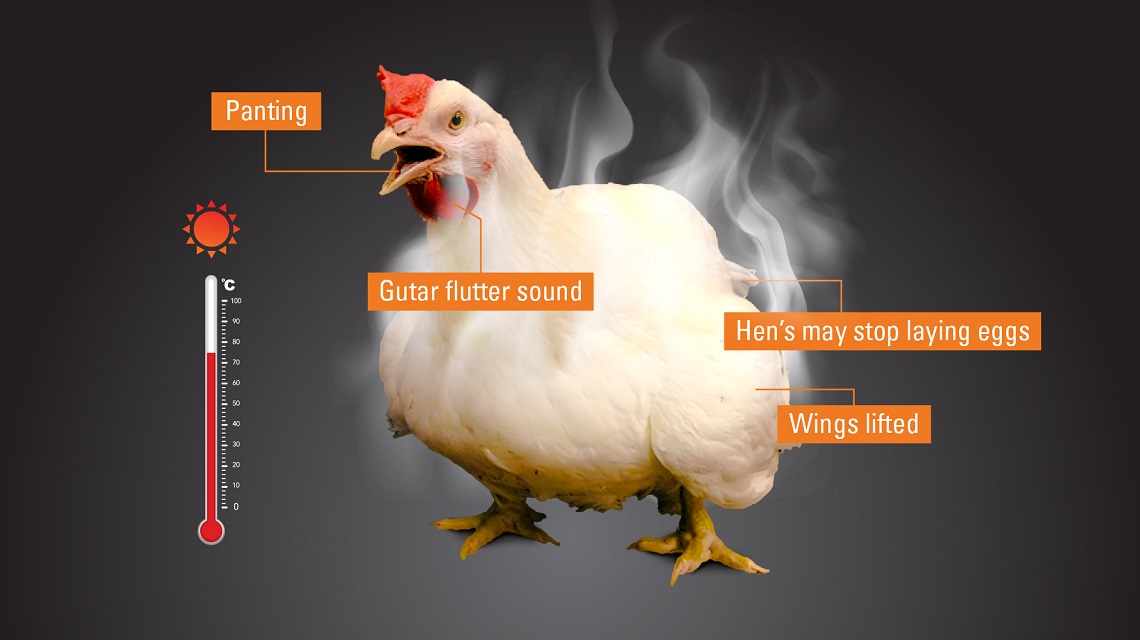
Broiler chickens are particularly vulnerable to heat stress, which can lead to reduced growth rates, poor feed conversion, and even mortality. As global temperatures rise, the risk of heat stress becomes more pronounced.
2. Energy Costs
Cooling systems, such as fans and evaporative cooling pads, are essential to maintaining a comfortable temperature within broiler houses. However, as temperatures increase, the energy costs associated with cooling can become substantial.
3. Environmental Impact
Increased energy consumption contributes to a larger carbon footprint, which is not only costly but also unsustainable in the long run.
As meat consumption increases, broiler production is expected to meet approximately 40% of the worldwide demand for animal protein by 2050. And add that to the fact that average temperatures are projected to increase by 2 to 6 degrees Celsius by the turn of the century, it is imperative that broiler producers are able to adapt and mitigate the effects of climate change.
Preparing for the Future with Better Broiler House Design
One such way is to start paying extra attention broiler house design and the technologies that keep the house climate comfortable for the birds. Ensuring the microclimate inside the house is able to withstand sudden and prolonged temperature increases is critical to maintain production efficiency. This is not only necessary from a performance and profits perspective, but also in terms of animal welfare.
Now let’s look at the house design strategies than can help mitigate the impact of rising global temperatures in your broiler production business:
1. Well-Insulated Structure
Enhanced insulation in broiler houses helps to reduce heat gain. As heat penetration in broiler houses happens either through radiation or conduction, a properly insulated structure using robust materials such a prefabricated insulated panels goes a long way to minimise the impact of excessive heat.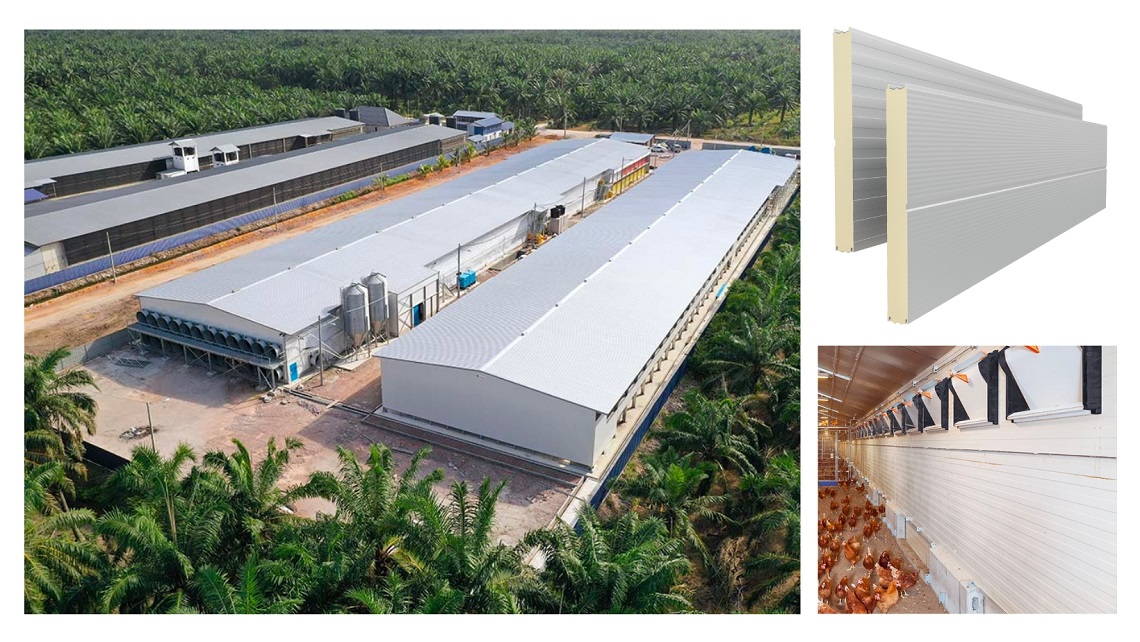
2. Roof Design
As 70% of heat entering the house comes from the roof, consider incorporating shade nets or reflective roofing materials to reduce direct solar radiation and heat absorption. An insulated roof using PU material is also a popular choice to maintain a steady internal temperature, irrespective of the climate outside.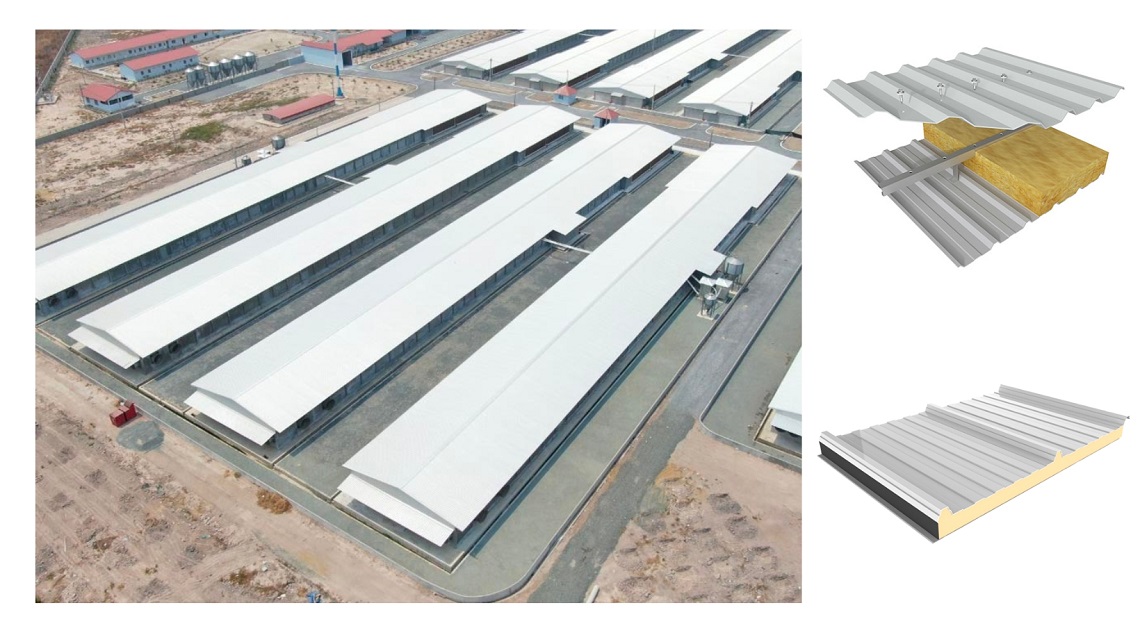
3. Ventilation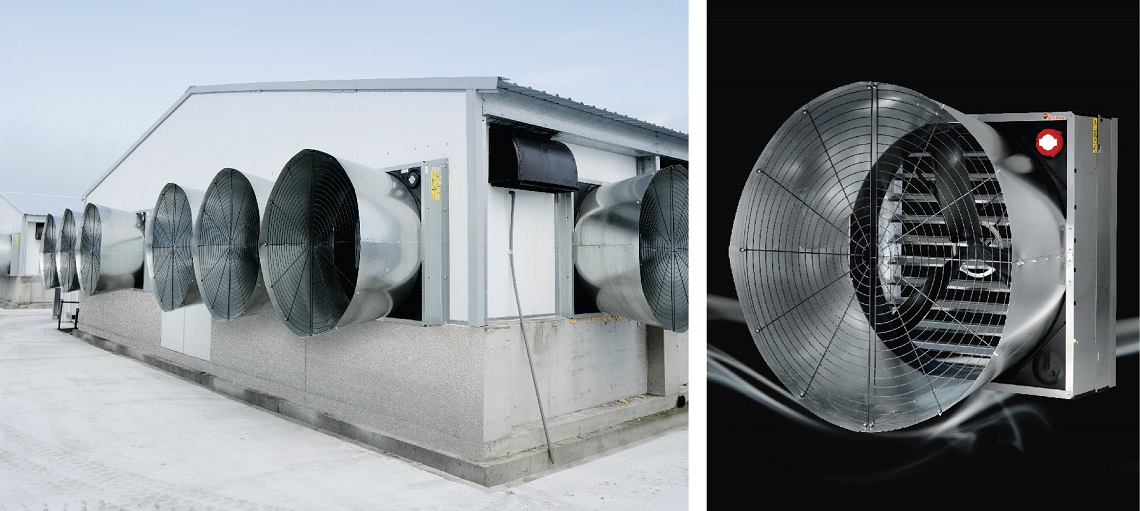
The fact is that 90% of the internal heat in broiler houses is contributed by the birds themselves. While proper insulation stops outside heat, the heat inside needs to be dissipated by a robust ventilation system. Equipment such as Big Dutchman’s AirMaster Evo fans are ideal for broiler houses, delivering precise and uninterrupted climate control with strong air moving capacity and excellent energy efficiency.
4. Cooling Systems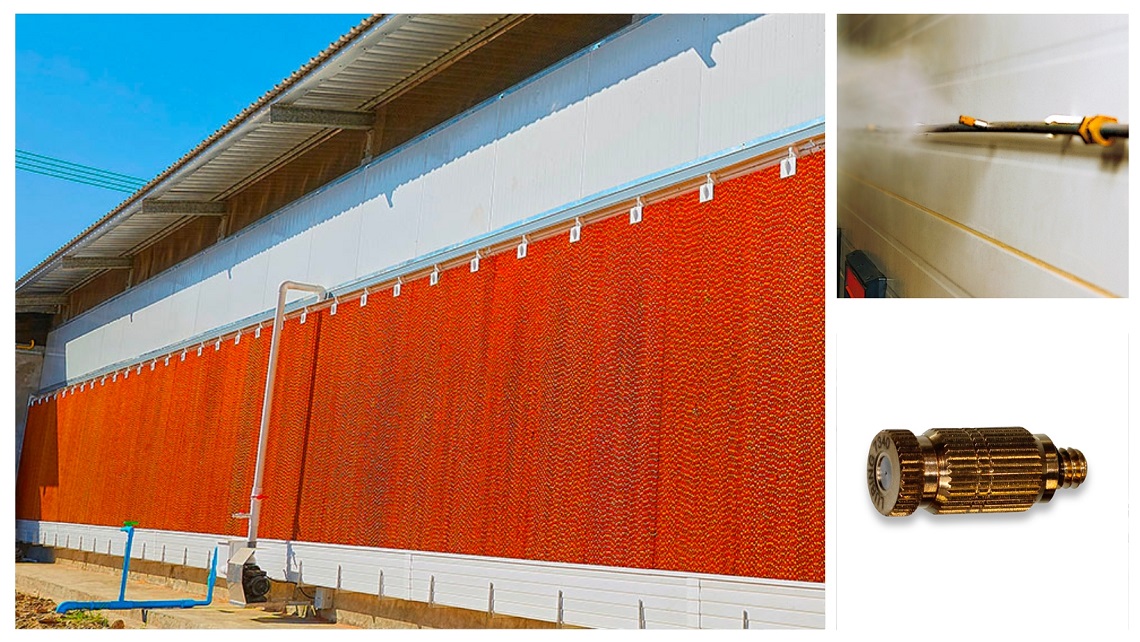
Removing heat from the air entering the house is also an effective way to cool the internal microclimate. Evaporative cooling pads such as the RainMaker and Fogging Cooler System can help lower temperatures within the broiler house. These systems are energy-efficient and can be automated to respond to changing weather conditions. They are also easy to maintain and relatively cost-effective with a long service life.
5. Light-Coloured Exterior
Choose light-coloured materials for the exterior of the broiler house to reflect sunlight and reduce heat absorption. By minimising the absorption of radiant energy, internal systems such as ventilation fans do not need to work as hard, directly contributing to energy savings.
6. Climate Control Software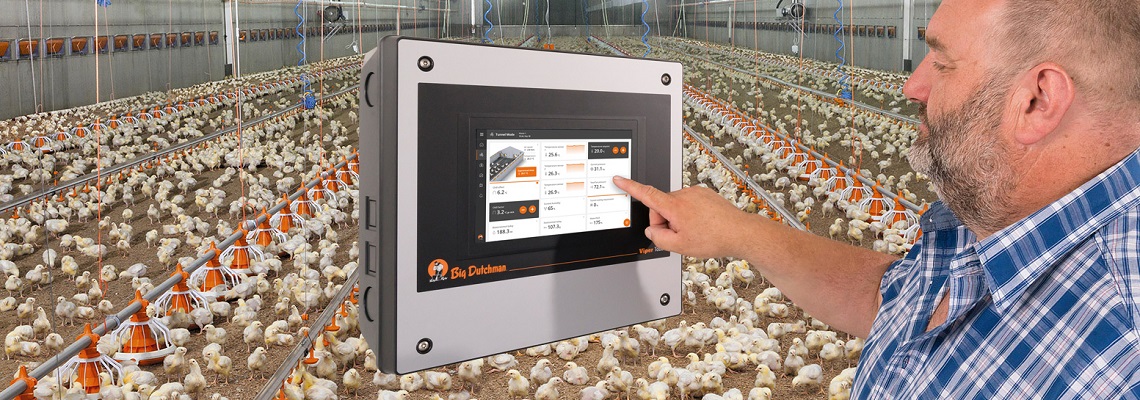
Implement advanced climate control software that can monitor temperature, humidity, and other environmental factors in real-time, allowing for precise adjustments to the ventilation and cooling systems. The ViperTouch climate computer is one such system from Big Dutchman that allows to conveniently monitor and optimise your entire house environment.
While the above strategies can help to minimise the impact of climate change for the near future, there is still work to be done in terms of understanding associated effects reproduction, growth performance and health. If the current global warming trend continues, it could create new risks in terms of sustainability in broiler production, especially for the thousands of traditional concept houses in Asia.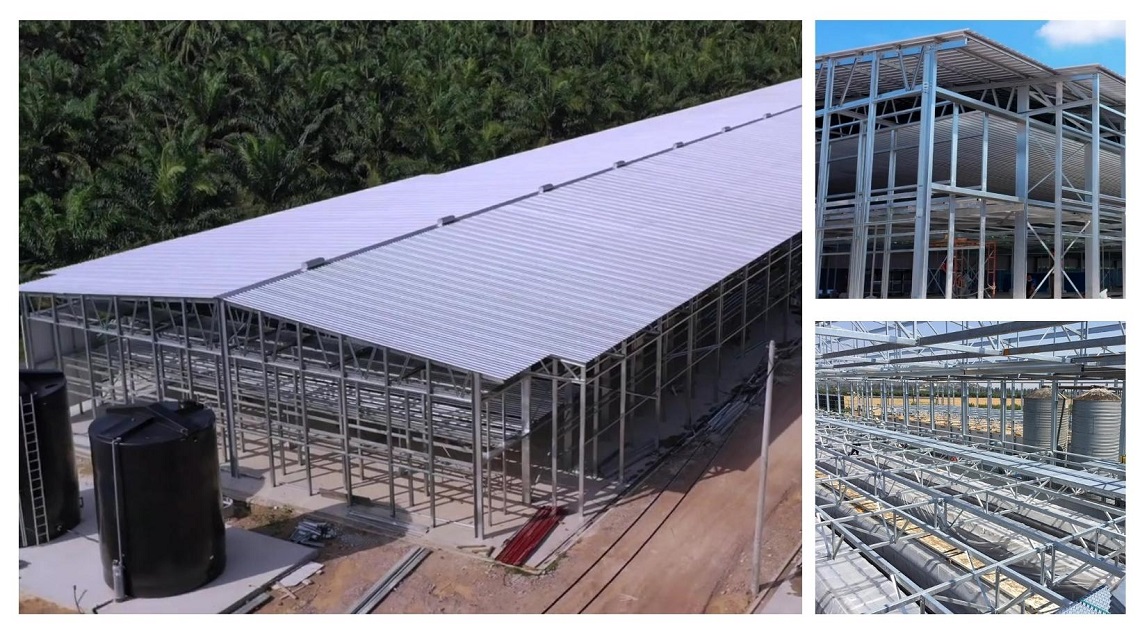 An investment now in a climate-resilient broiler house, such as pre-engineered buildings from Big Dutchman, coupled with the use of proven climate systems for poultry production will help to keep the heat at bay for the foreseeable future. Of course, close monitoring of extreme climate incidences is also needed to provide the learnings that will ensure the long-term viability of the industry.
An investment now in a climate-resilient broiler house, such as pre-engineered buildings from Big Dutchman, coupled with the use of proven climate systems for poultry production will help to keep the heat at bay for the foreseeable future. Of course, close monitoring of extreme climate incidences is also needed to provide the learnings that will ensure the long-term viability of the industry.
Want to know how you can beat the heat in your broiler house? Click the ‘Send a Message’ Button below to talk to us!

